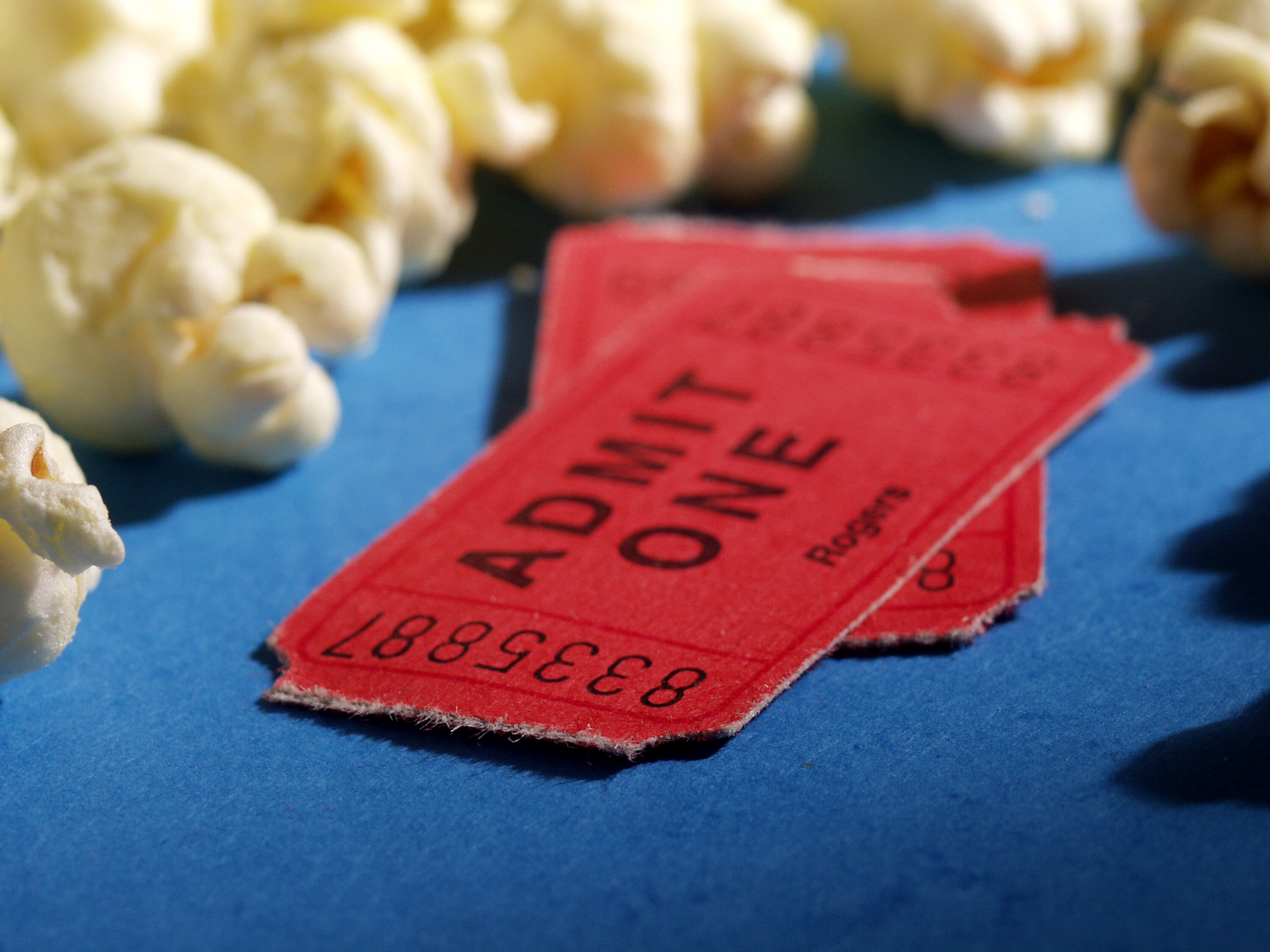Activity 1f: Applying opportunity cost in real life is challenging

1. Opportunity cost is defined as the value of the next best alternative foregone. For example, the opportunity cost of working could be the lost hours of study.
2. The opportunity cost of spending money on a movie could be the interest that the $10 could earn (this might be the second best use of the money). For other people the opportunity cost might be a drink from the local juice bar, a new second-hand book or a couple of bottles of kombucha.
3. When a person records all of the money spent, they have an increased awareness of the decisions they are making. This may help to prevent them from making impulse decisions and allows them to accurately gauge where money is spent and where they might make adjustments in the future. The data may also be used to formulate future budgets so that the consumer has an increasing awareness of the months of the year where they will have excess spending and may save money accordingly. The action therefore helps the consumer to make more rational money decisions and gain deeper insight into the opportunity cost associated with each spending decision.
4. When you stay home and study on a Friday night you could forgoe:
• A night of watching TV
• Time spent with family and friends
• Sporting activity
• Sleeping for more hours
• A range of other activities
Remember that only one of these alternatives that is foregone can be the opportunity cost and that is the next best alternative.
5. Those who recommend the recording of spending behaviour suggest this strategy to promote increased savings. For a person who is a compulsive spender, the increase in savings could lead to an improve level of intertemporal efficiency because the balance between consumption today and consumption tomorrow is improved.
